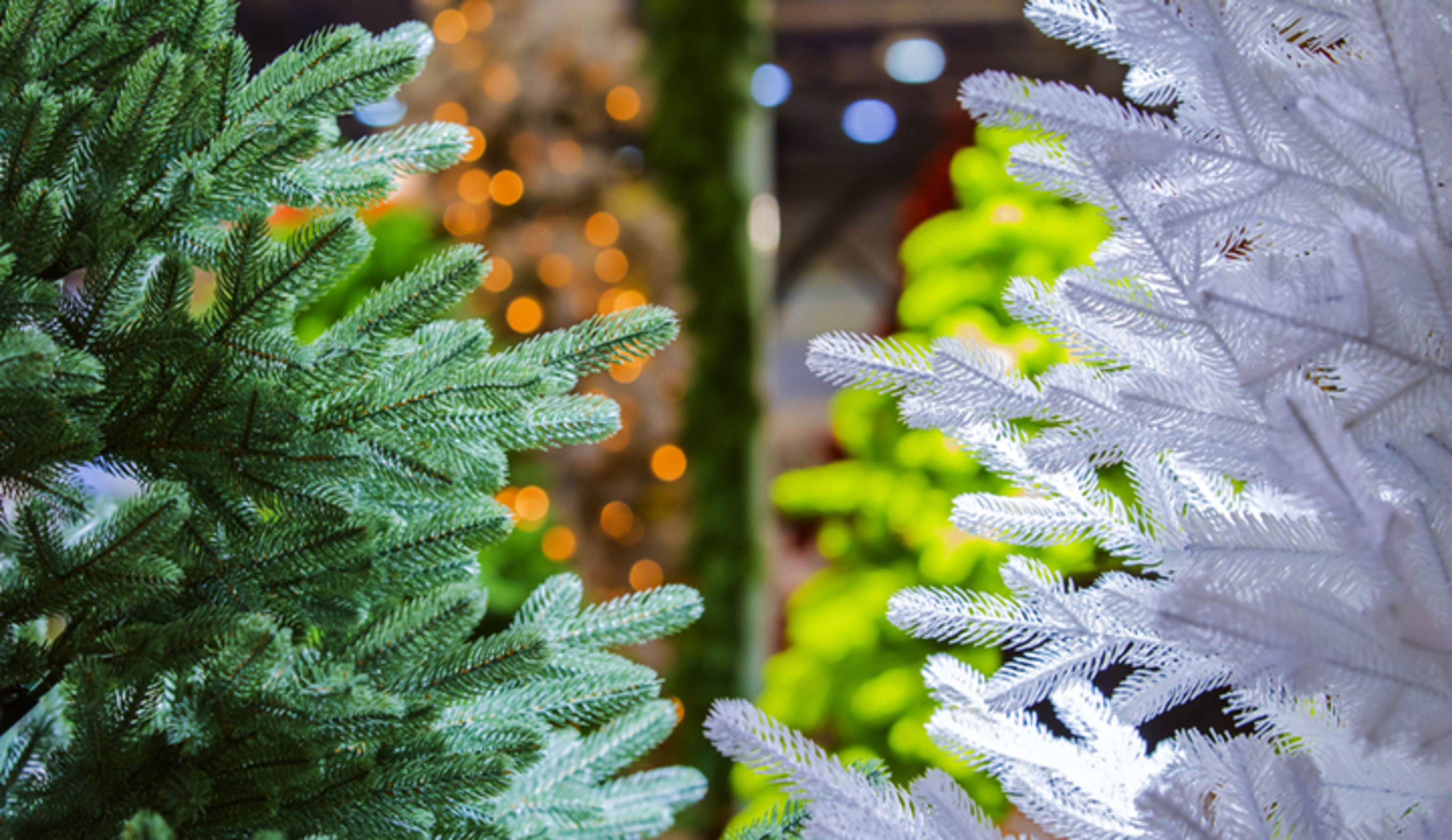
Fake or Fir? A Look at How the Christmas Tree Industry Impacts Our Environment
Christmas trees escape the cynicism thrown at other holiday decorations. Regardless of type or size, their twinkle entices even the staunchest yuletide critic. Yet they do deserve scrutiny, especially now, when the purchase of almost anything can lead to the realization that the product is wrought with ill-tidings. For socially conscious shoppers, a question catching on is, Which type of tree is more environmentally friendly: artificial trees or the real thing?
The current de rigueur in the United States remains to be real trees. According to a 2016 consumer survey conducted by the National Christmas Tree Association, a trade association representing the Christmas tree industry, and Harris Interactive, an independent consultant, roughly 59 percent of the 47 million trees sold in 2016 were real trees. This preference isn’t new. Since 2008, the naturals have outsold their artificial counterparts by an average of 39 percent. And it's a trend that lessens the season’s impact on the environment.
In the U.S., the majority of real Christmas trees are grown on farms, not cut from the wild. Of the 350,000 acres used, most are on lands surrounding urban areas, preserving green space where there would otherwise be development. Each acre also absorbs thousands of tons of carbon, and the farm’s soil takes even more carbon out of the atmosphere. As Villanova University professor Samantha Chapman and her colleagues reported in the November 2012 issue of Soil Science Society of America Journal: “Carbon storage in the soil of Christmas tree farms could offset harmful man-made emissions that are released into the atmosphere and contribute to global warming.”
Nonetheless, real trees are not without their issues. Most are grown using conventional farming techniques that rely on pesticides that the EPA has linked to a slew of health defects in farmhands who are unlucky enough to breathe in the toxins. Also real tree buyers annually drive to a site to pick up or chop down a tree, adding carbon to the already bloated atmosphere.
Artificial trees, on the other hand, are much more convenient. One of them lasts 10 years, most models can be easily folded and stored, they don’t need to be watered, and there is no shedding in transport. Some also come with built-in LED lights (LED uses approximately 70 percent less energy than incandescent), and can be wonderfully varied in style. Yet this convenience and variety belies the fake tree’s environmental effects. Most artificial trees are made with a combination of harmful plastics and metals to support the ornaments it must hold. Of the plastic tree manufacturers I contacted, all said their trees were produced in China, then shipped to the U.S. The length of the trip aside, this mix of damaging material and China’s notorious mismanagement of plastics (China ranks first on the list of plastic polluters, with the U.S. hitting the 20-spot) means the final product may have left a trail of negative effects unknown to the end consumer.
But environmental degradation is seldom due to the initial action. As with most of the products we use, it’s what happens after the purchase that requires the greatest scrutiny. There’s myriad ways to recycle a real tree. Whether by being replanted, composted or turned into mulch and firewood, their end-of-life fate is a story of regeneration. Recycling an artificial tree is much more complicated: global politics must be taken into account. “Most fake trees are made with three grades of material,” Chicago-based steel and plastic recyclers Aaron Gaby and Steve Wald told me. And in July of this year, China notified the World Trade Organization that it would no longer accept 24 kinds of waste from the U.S., which Gaby and Wald report is affecting artificial tree recycling. “Even if we wanted to break them down and extract the material for re-use,” both noted, “the economics are not there, the labor is too costly.”
The recycling embargo further complicates things. Even if a fake tree was kept for 15 or 20 years (stopping you from chopping down 15 to 20 live ones), the polyvinyl chloride plastics it’s made from can remain in landfills for up to 450 years. And that’s assuming it doesn’t end up somewhere more oceanic.
All in all, while the two-week usage of real trees might seem wasteful, it is their sturdier, artificial alternatives that weigh heavier on the world. Unless, of course, some carnivorous multinational conglomerate moves into the real Christmas tree game and starts destroying forests to grow a hoard of festive firs. We’ve seen that play out in Indonesia, and it ain’t cheery.






